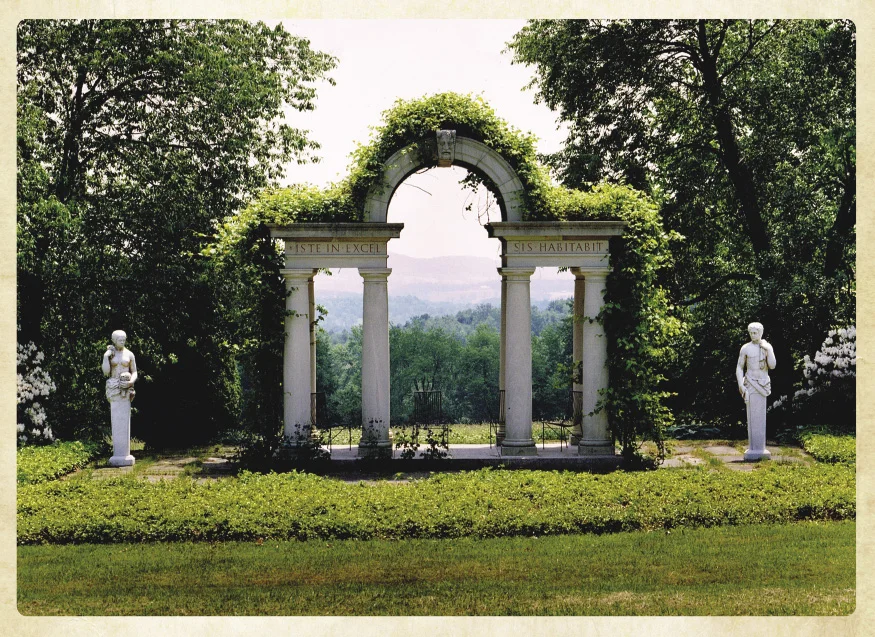On August 18, 2018, the National Civic Art Society hosted a lecture by its Research Fellow Catesby Leigh on “Wethersfield, Manhattan, and the Humanist Prospect.” The lecture took place at the Wethesfield Estate in Amenia, New York.
Chauncey Devereux Stillman built the original part of Wethersfield House in 1940, at the close of a long period in which classicism was the primary idiom of American architectural design. The rambling brick residence, colonial in style with a Greek Revival entry portico, would eventually be enveloped by an Italian Renaissance garden of great distinction.
House and garden together comprise a superb example of humanist place-making. If we turn to the opposite, urban end of the spectrum of human habitats—to the Manhattan that was Stillman’s primary place of residence for most of his life—we encounter many magnificent vistas that are fruits of that same humanist tradition spanning thousands of years. But we also encounter a great many contemporary Manhattan vistas—buildings and even landscapes—that amount to a forthright, even brutal negation of that tradition. This is what results when cultural movers and shakers come to see beauty and authenticity as antithetical.
Can the humanist tradition flourish anew under these circumstances?

